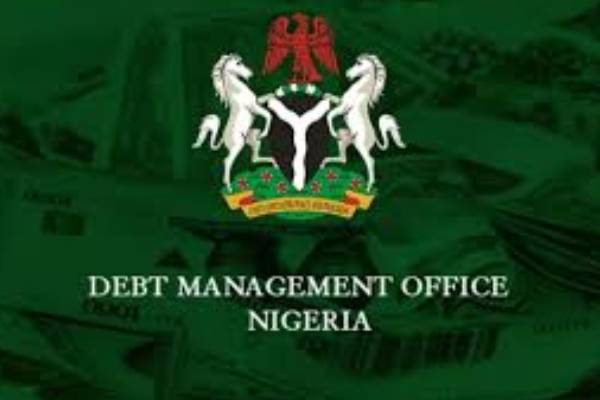At least 10 Nigerian states have increased their domestic debt by a combined N417.7bn year-on-year, despite enjoying higher monthly allocations from the Federation Account Allocation Committee (FAAC), official data from the Debt Management Office (DMO) has shown.
The states, Rivers, Enugu, Niger, Taraba, Bauchi, Benue, Gombe, Edo, Kwara, and Nasarawa collectively grew their domestic debt stock from N884.9bn in Q1 2024 to N1.3tn in Q1 2025, marking a 47.2% increase.
The rise has sparked concerns about fiscal prudence and the sustainability of subnational borrowing.
The review also shows a quarter-on-quarter increase of N42.3bn from N1.26tn in Q4 2024, representing a 3.4% rise in just three months, even as states benefited from improved FAAC disbursements following oil price gains, naira devaluation, and subsidy reforms.
Rivers State topped the list with a domestic debt of N364.39bn, unchanged from Q4 2024 but up 56.7% year-on-year from N232.58bn. However, this figure is based on December 2024 data, suggesting delays in updating reports to the DMO.
Enugu State recorded the sharpest rise, increasing its debt by 128.4% from N82.48bn to N188.42bn, including a significant N69.14bn surge in just three months. The state’s rapid accumulation has raised questions about the transparency and purpose of the borrowings.
Taraba State posted the steepest year-on-year percentage increase 154.1%, rising from N32.64bn to N82.93bn, while Niger State grew its debt by 67%, reaching N143.75bn in Q1 2025.
Other states with notable increases include:
-
Bauchi: up 31.4% to N142.40bn
-
Benue: up 11.2% to N129.82bn
-
Gombe: up 18.1% to N83.66bn
-
Edo: up 13.8% to N82.40bn
-
Kwara: up 1.7% to N60.10bn
-
Nasarawa: up 4.1% to N24.73bn
Quarter-on-quarter, Edo recorded the sharpest decline, slashing its debt by over N30bn, suggesting active debt servicing or improved fiscal management. Gombe and Nasarawa also saw reductions of N5.58bn and N1.87bn, respectively.
States and FCT Domestic Debt Stock as at March 31, 2025 (1)
Despite these few improvements, the 10 states now account for 33.67% of the total domestic debt stock of all 36 states and the FCT up from 21.8% in Q1 2024 highlighting a concentration of borrowing in a few states.
This rising debt trend is especially concerning amid data showing that some states spend well beyond their internally generated revenue (IGR) on debt servicing.
For instance, Bayelsa, Adamawa, Benue, Niger, Kogi, Taraba, and Bauchi reportedly spent an average of 190% of their IGR on debt servicing in Q1 2025, with some exceeding 300%.
Experts warn that the failure to reduce borrowing during times of high revenue may backfire if allocations fall or interest rates rise, leaving states exposed and limiting their ability to fund essential services.
They also caution against a looming crowding-out effect, where growing debt service obligations reduce the fiscal space for capital projects and social spending—especially for states with weak revenue bases.





